Research at ISL is divided into five major topics, each topic is treating several research domains. The activities of the institute are diversified and cover different disciplines. Their common denominator is to find solutions to major issues in the field of defence and security.
At ISL the know-how of several scientific domains is combined in order to offer breakthrough innovations to the French and German armed forces and security staff.
#1
Energetic materials
and systems
#2
Future gun systems and
smart ammunition
#3
Advanced situational
awareness
#4
Survivability of
weapon systems
#5
Protection and performance
of dismounted soldiers
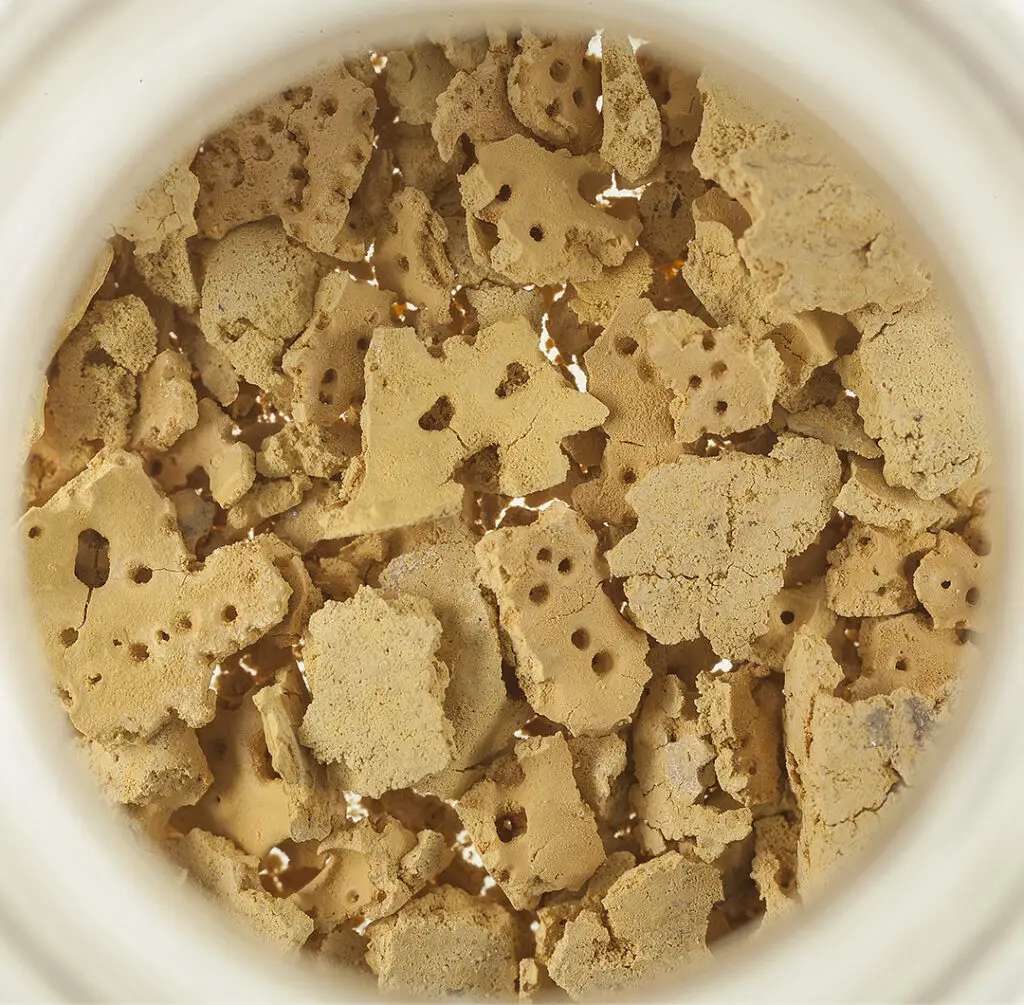
The manufacturing and processing of enhanced energetic materials include the formulation, elaboration and characterisation of pyrotechnic compositions, propellants and explosives. The research activities in the field of Nanomaterials under extreme sollicitation are conducted within the NS3E joint laboratory of ISL, the French National Research Center-CNRS and the University of Strasbourg.
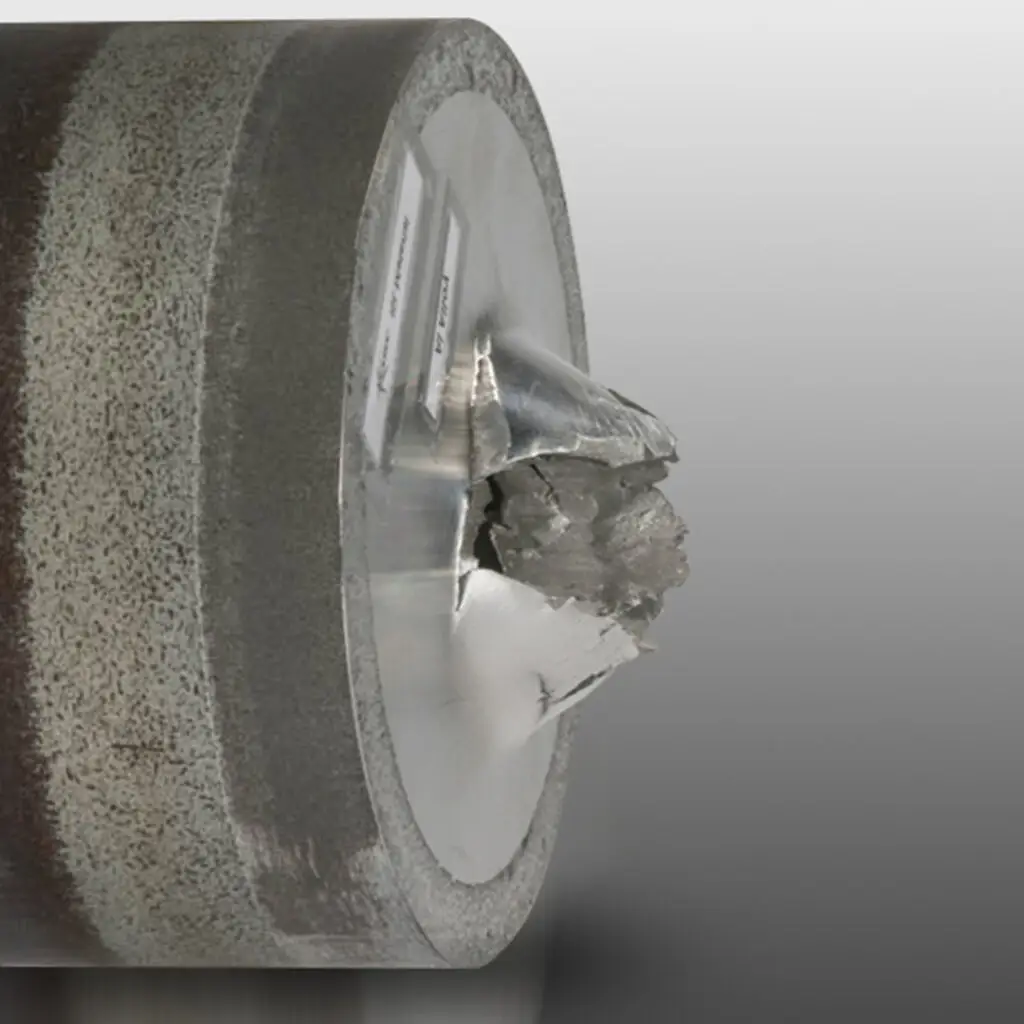
This field covers the elaboration of massive materials by means of powder metallurgy (i.e. powder synthesis and sintering) and their characterisation – from intrinsic properties (structure, chemical composition, thermal properties) to mechanical and dynamical behaviour (e.g. tests using Hopkinson bars).
Competences focus on the making of light metals and ceramic-based materials (nanostructuration, metal or ceramic matrix composites, functionally graded and hybrid materials).
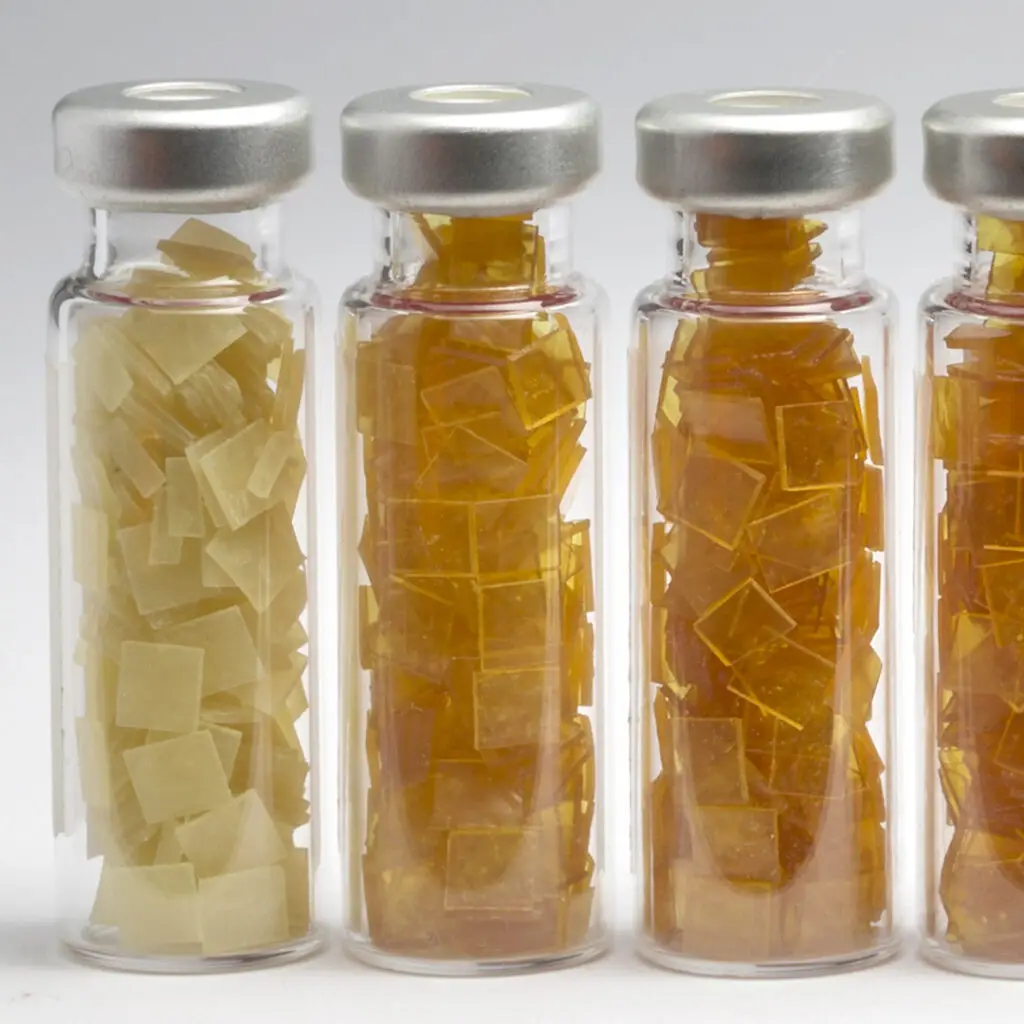
ISL has unique experience in using propellants and pyrotechnic compositions for propellant ignition to accelerate projectiles in small-to-large-caliber guns.
The basic scientific issue is to understand the physical mechanisms occurring during the initiation phase and the combustion phase of a propellant and their complex mutual interaction.
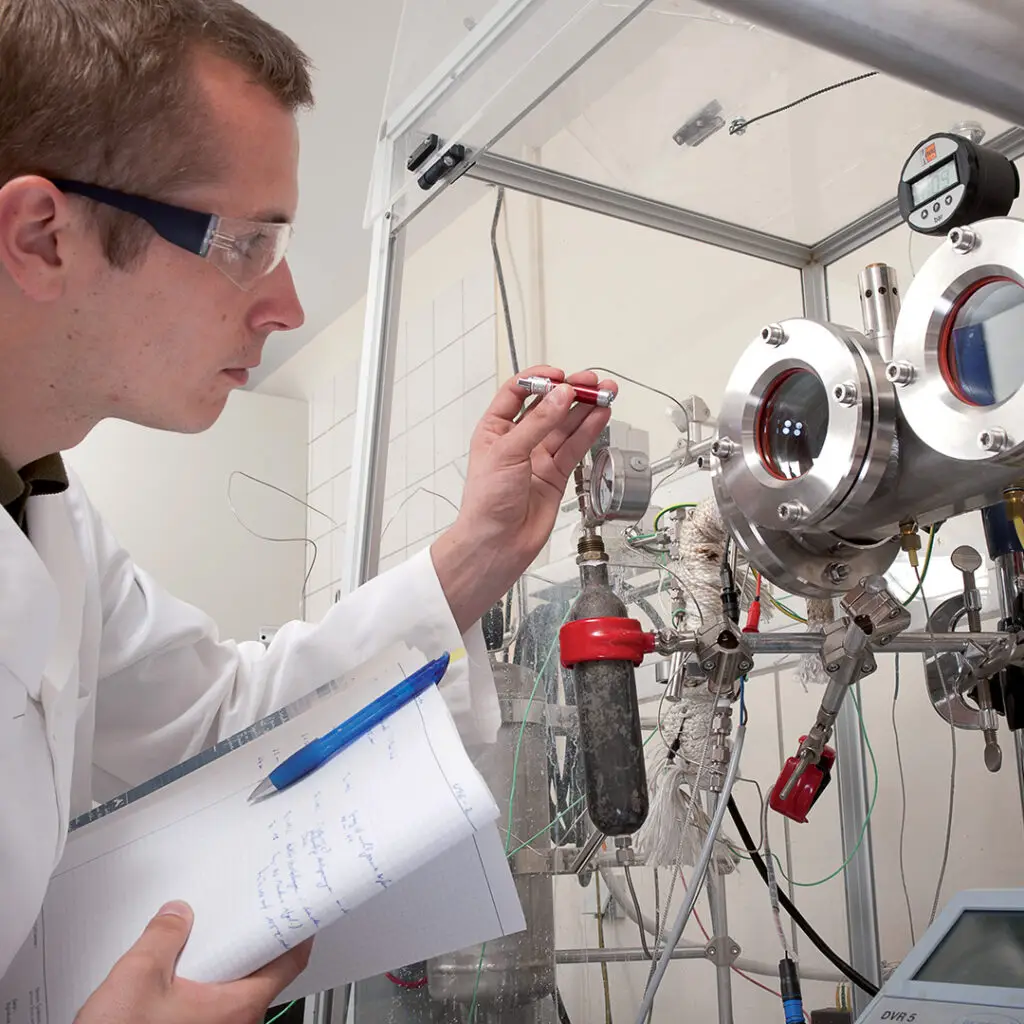
Pyrotechnic and explosive devices are investigated for a wide range of applications. Basic and applied research activities cover the formulation and structural design of explosives, sensitivity analysis, physics of combustion, deflagration and detonation as well as the effects of shock waves on inert materials.
The main topics of interest at ISL include opto-pyrotechnic technology for fuzing systems, impulse thrusters for guided ammunition as well as very insensitive explosives (e.g. patented VRDX : very insensitive RDX).
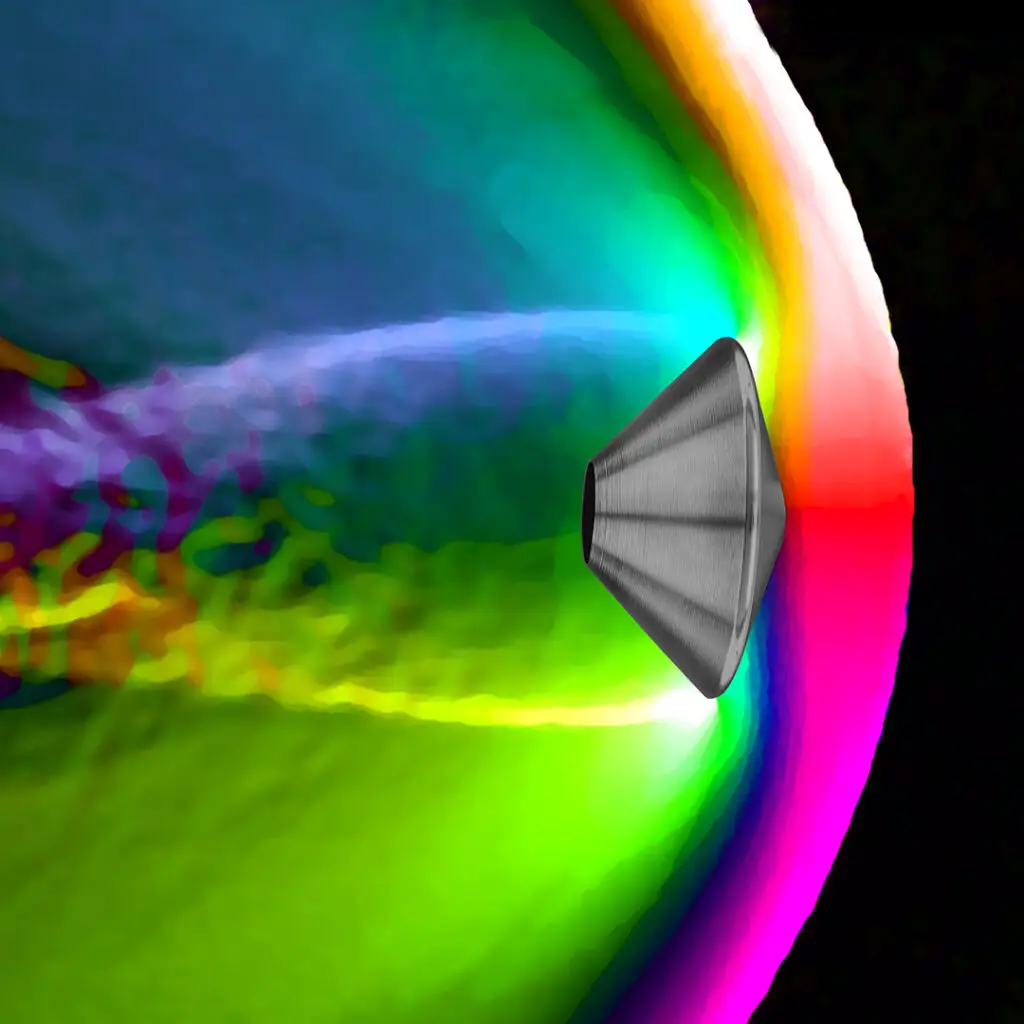
ISL holds unique skills and facilities for the study of the in-flight aerodynamic behaviour of various innovative architectures.
This includes a Soft In-Bore Recovery Facility (SIBREF) to test electronic and mechanical components up to 25 000 g, before submitting them to in-flight tests. There is also an open-air test range where in-flight tests using internal and external instrumentation can be made up to 1000 m distance.
In addition to its capacity to conduct instrumented firings and develop prototypes and sabots, this research domain is working on preserving our knowledge and optimization in the following fields:
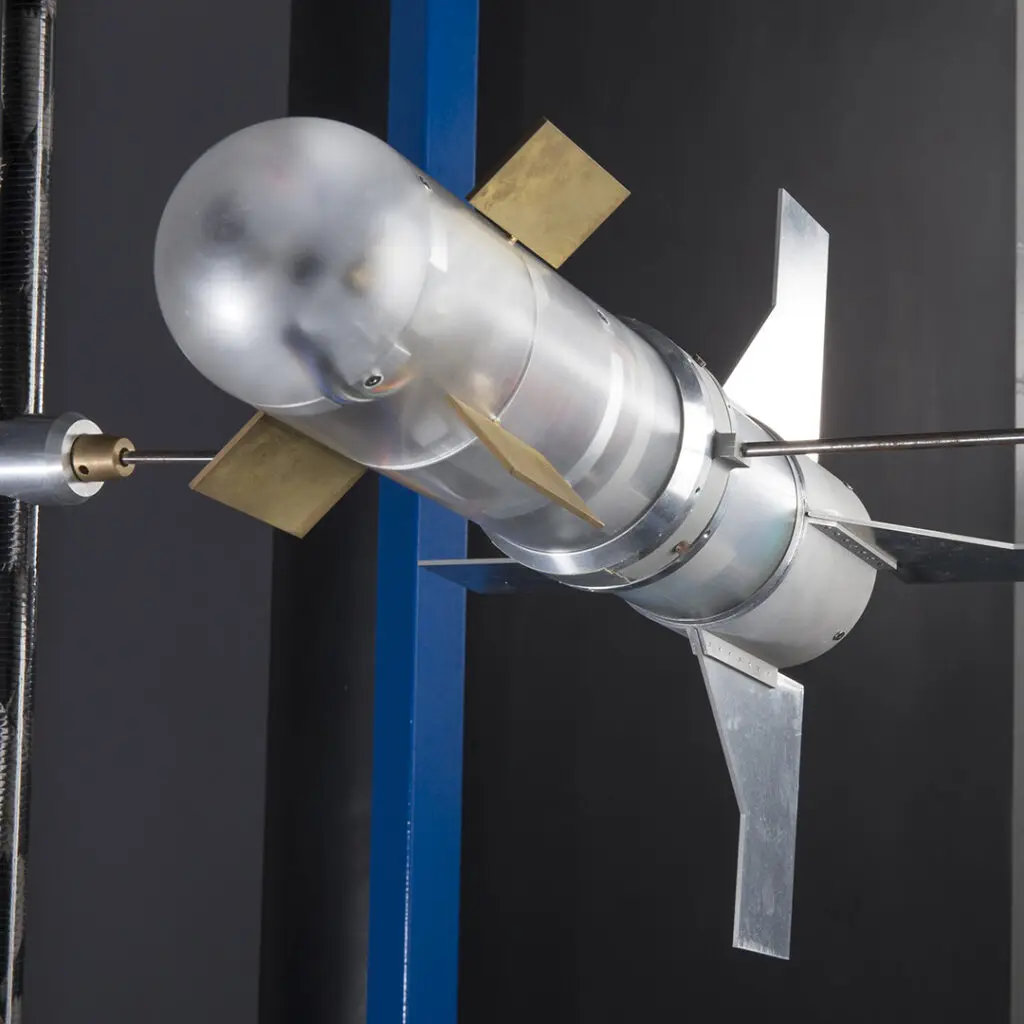
ISL has unique experience in the design, g-hardening and miniaturisation of various sensors, transceivers, antennas and their associated electronics.
The research activities are mainly focused on low-cost navigation units based on magnetometers with or without global navigation satellite systems (GNSS) and on low-cost bidirectional communication and telemetry systems for guided ammunition applications.
These new systems allow a reliable and discrete communication on longer distances, even in jammed or hostile environment.

ISL has aerodynamic testing facilities for the complete range of flow velocities from M 0.1 up to hypervelocities of M 15.
These are small-sized facilities, well-suited for basic scientific studies and functioning at reasonable costs.
Moreover, ISL is able to implement:
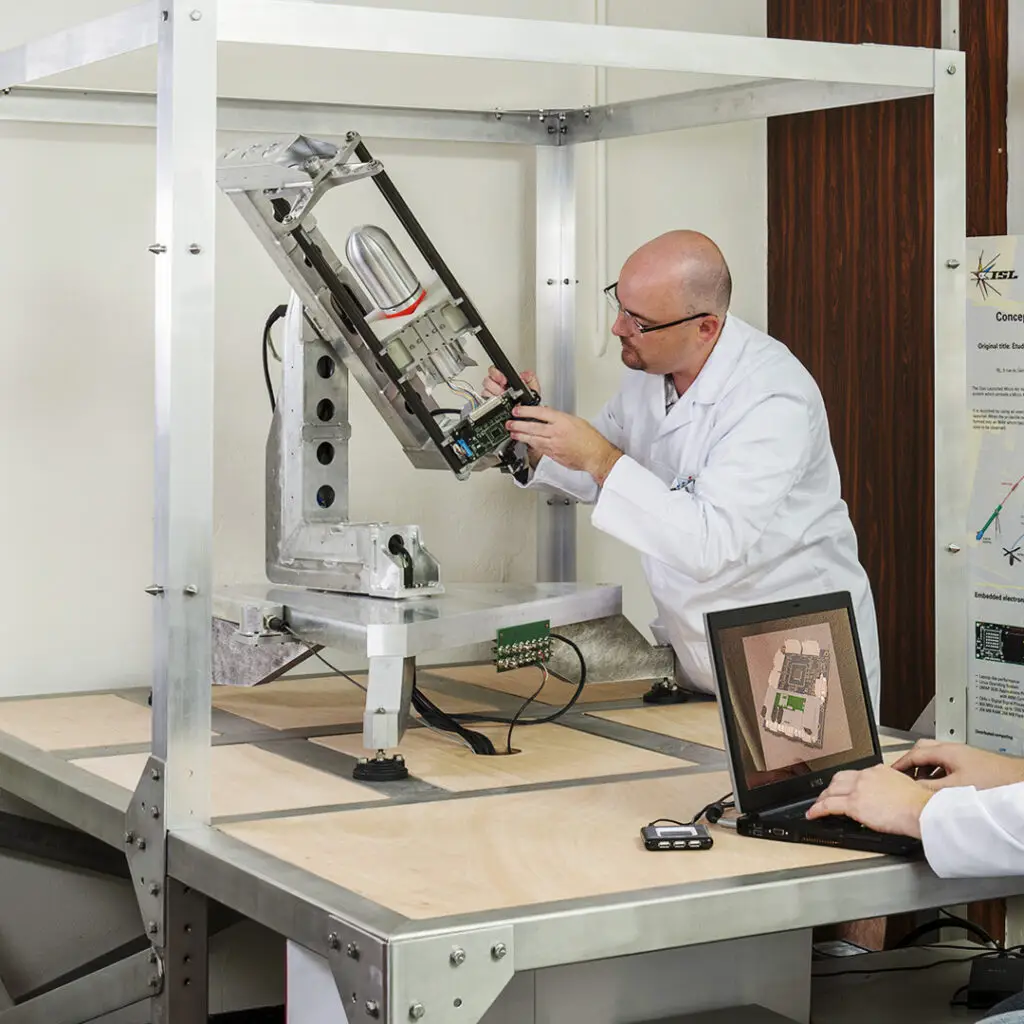
ISL develops algorithms for guidance and control (LPV-system, gain scheduling, modern robust control methods Hinf, H2…), as well as navigation (Kalman filtering and data fusion techniques), and system analysis tools to simulate and evaluate concepts of guided ammunitions.
The research activities mainly focus on algorithms for navigation units based on magnetometers with or without GNSS and on the control of concepts to improve the accuracy and range of guided ammunitions.
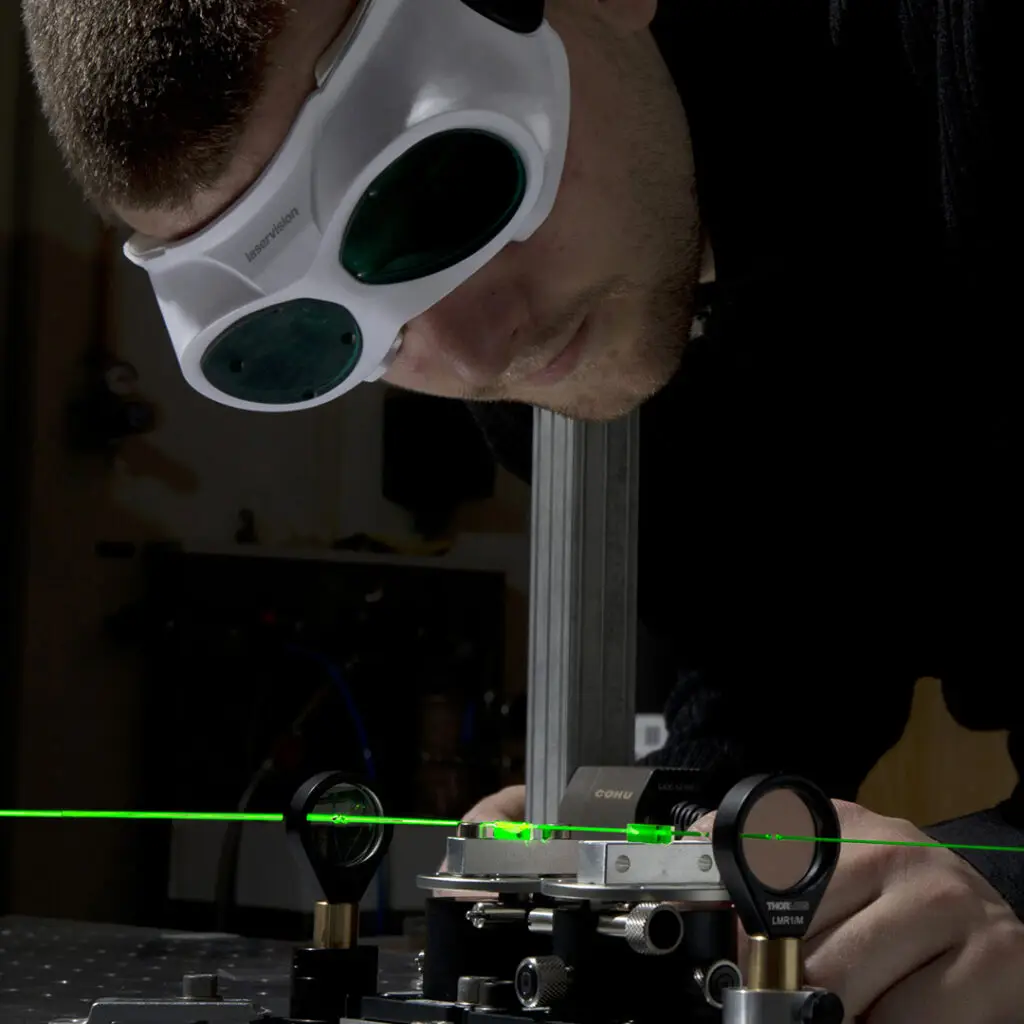
The development of new laser sources emitting in the wavelength range from 2 – 5 µm for defence applications includes research on:
Technology Readiness ranges from basic research on laser components to highly ruggedized prototypes.
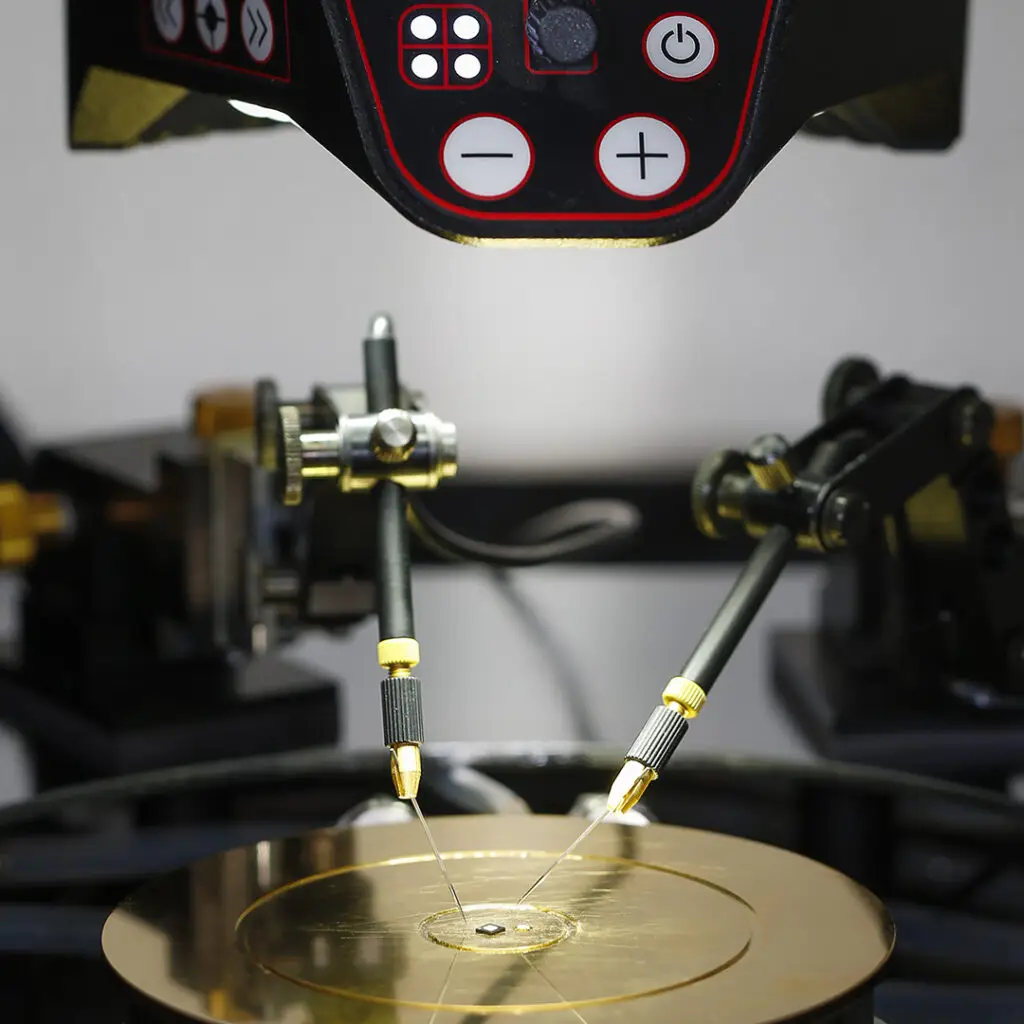
ISL is consolidating and further developing a unique SiC-thyristor technology. ISL also offers internationally renowned services in device characterisation with its PASChAC platform. Pulsed-power supply research focuses on the development of compact inductive XRAM generators, including the related primary energy source based on Li-ion batteries, and on repetitive high-voltage liquid-dielectric pulse-forming switches, thus allowing sub-nanosecond pulse widths and a world- record breakdown field of 14 MV/cm.

Railguns are linear electromagnetic launchers that can accelerate macroscopic bodies to velocities above 2000 m/s. This technique has huge potential for both military and civil applications. ISL’s railgun facilities are unique in Europe.
The 10 MJ installation PEGASUS is being used to advance the launcher and armature technology towards a reliable half-scale long range artillery system. Recent results include the successful launch of in-house developed launch packages (mass range is kg) for hypervelocity (> 2500 m/s) projectile acceleration. The ISL launch technology sets worldwide accepted standards with regard to the efficiency of the conversion of electric energy into kinetic energy (> 35%).
RAFIRA is a railgun (25 mm2 caliber) with which a salvo up to five shots can be launched at extremely high fire rates. In single shot mode, RAFIRA can accelerate projectiles in the mass range of 100 grams to velocities of more than 2400 m/s corresponding to acceleration levels of more than 100 000 g. This launcher is used to investigate the potential use of railgun technology for anti-ship missile scenarios. Operational research analysis has led to the conclusion that fire rates of over 50 Hz are necessary to defend against hypersonic Missiles.

New capabilities offered by advanced imaging technology are investigated in order to obtain all-weather, day/night, mid- to long-range images of the battlefield (range-gated imaging systems for situational awareness, 3D imaging).
Advanced signal and information processing is considered in order to enhance, analyse and interpret the information from optoelectronic sensors.
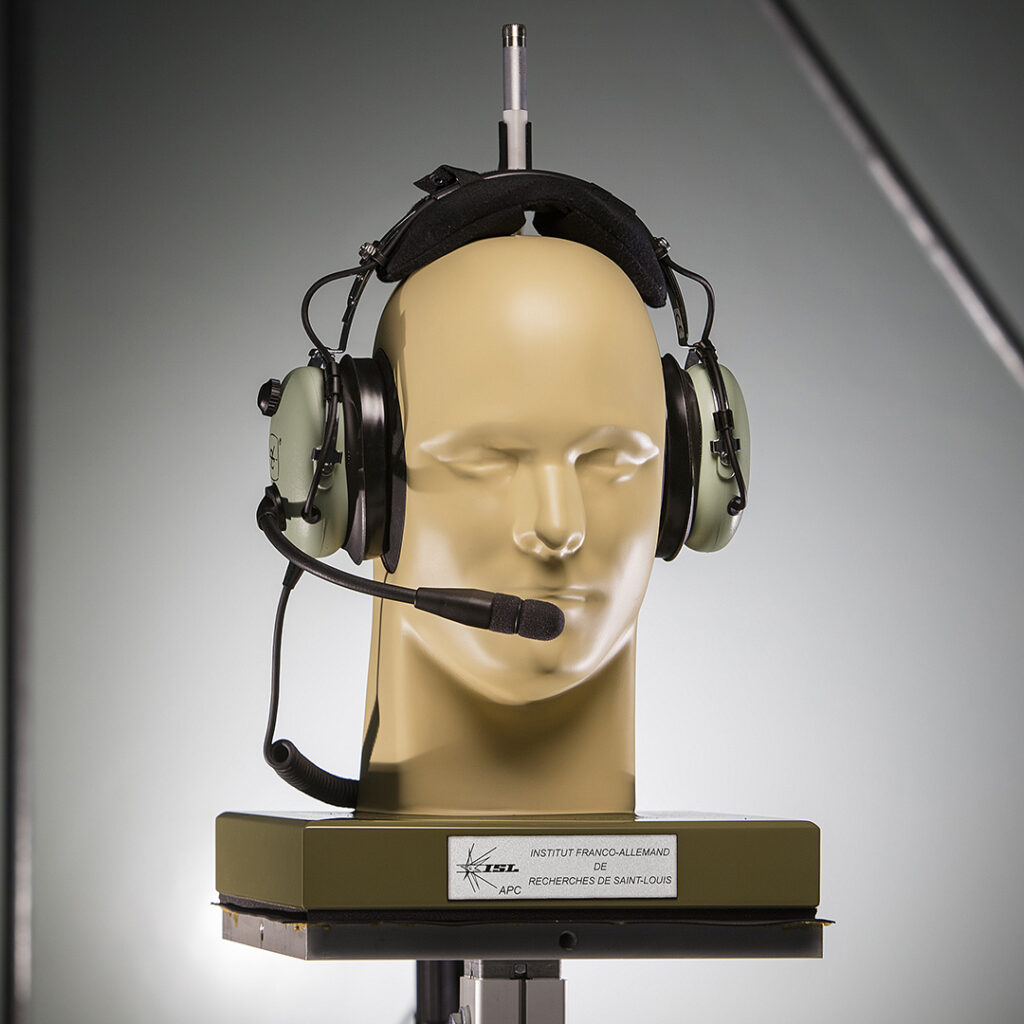
The objective is to improve the protection of soldiers:
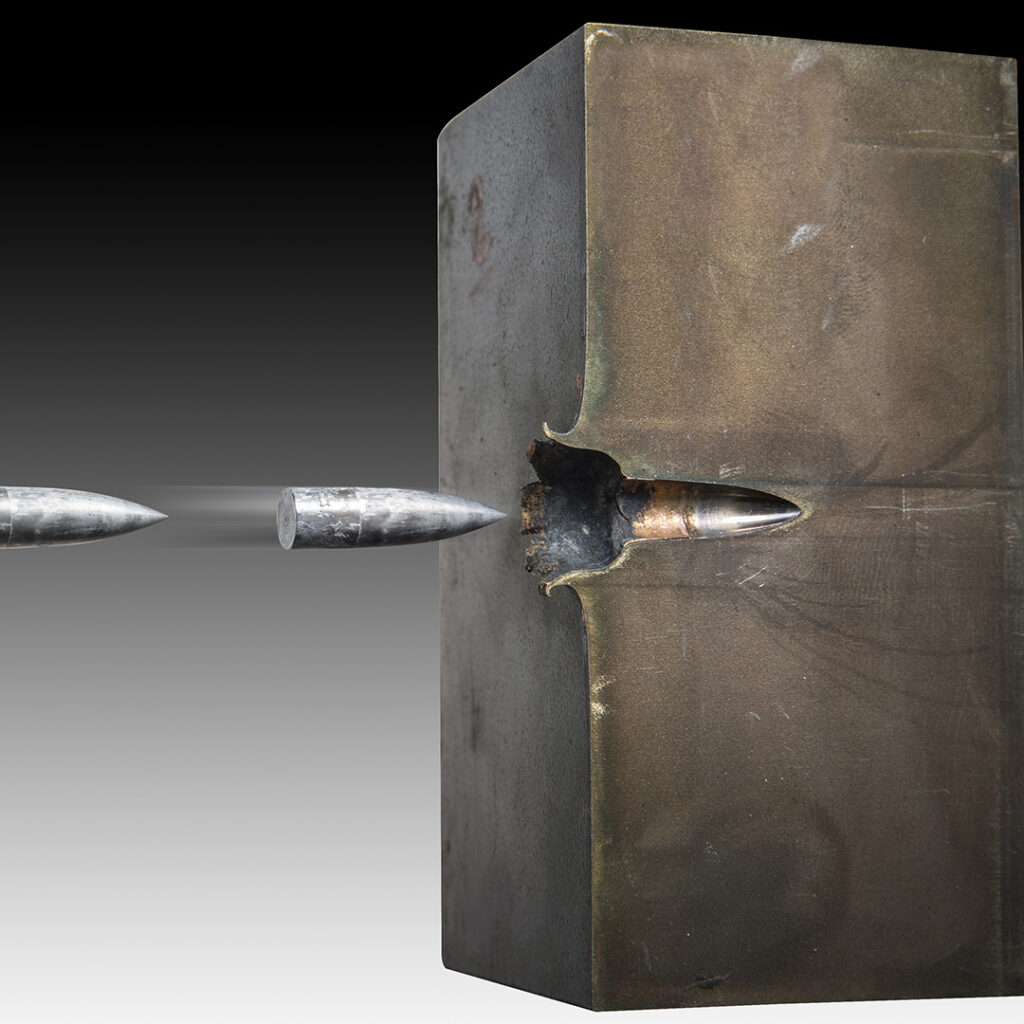
The studies related to the physical protection of personnel and assets against explosives focus on conventional and novel military threats as well as on highly versatile improvised explosive devices (IEDs) such as multiphase blast explosives or home-made explosives.
ISL has long-standing experience in the field of ballistic protection. This activity is dedicated to defeating the threat caused by the kinetic energy of gun-fired projectiles, explosively formed penetrators or fragments.
Research activities combine experimental and theoretical investigations with numerical simulations. They focus on the mechanisms of impact, penetration and perforation and on the characterisation and modeling of materials at very high strain rates (metals, ceramics and fabrics).
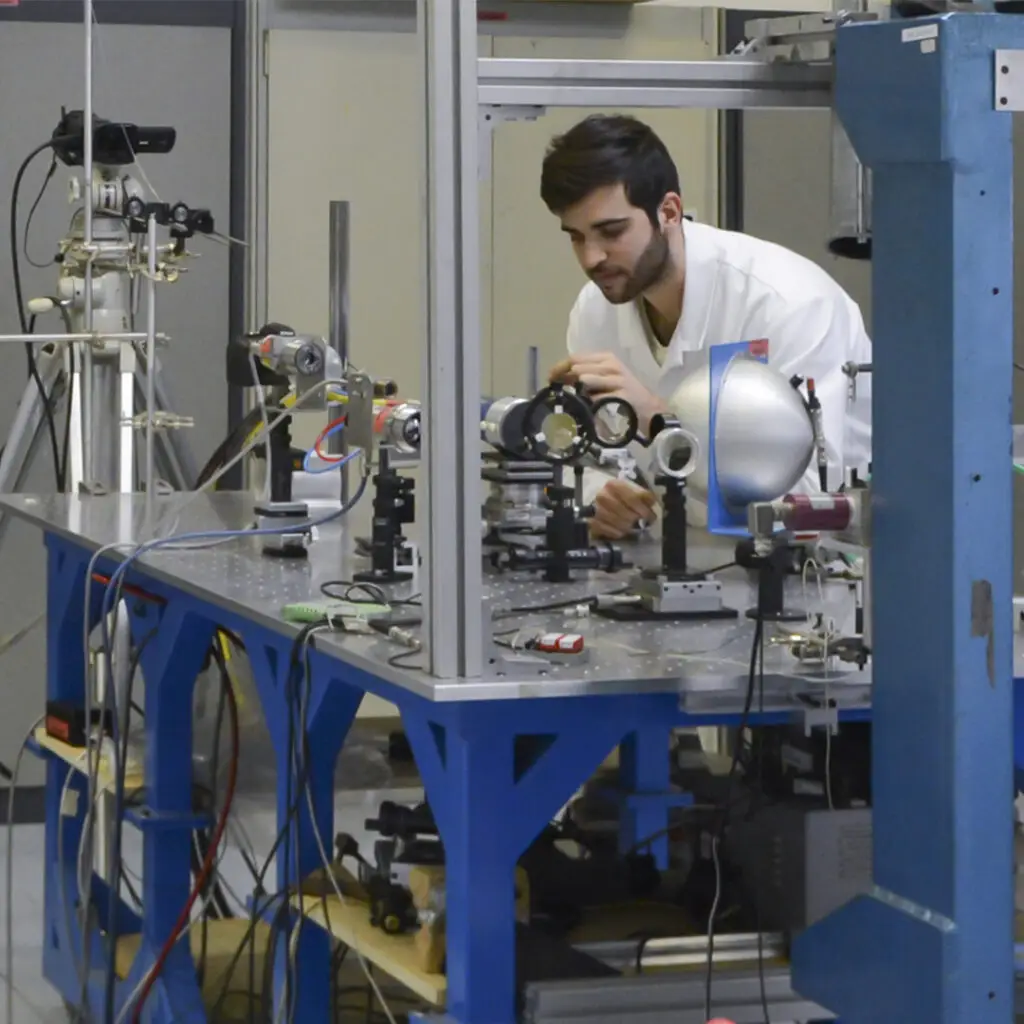
High-energy lasers offer new possibilities of future defence systems . Our research activities are focused on the understanding and analysis of multiple phenomena generated when a laser radiation hits a target in order to develop physical and behavioural numerical models. Activities focus especially on 1-µm-wavelengths interacting with typical materials used in military targets such as metal alloys, composite structures or glasses.
Research activities also focus on the protection of optronic systems against laser aggression. In close collaboration with ISL’s materials specialists, specific materials with nonlinear optical properties are developed. They are able to reduce the intensity of laser irradiation by several orders of magnitude.
In the field of THz spectroscopy ISL develops detection systems and innovating methods to characterise dangerous substances (explosives, toxins). These activities are carried out in close cooperation with universities all over the world in civilian and in military domains. We develop especially an application for the detection of falsified drugs and counterfeit medicines.
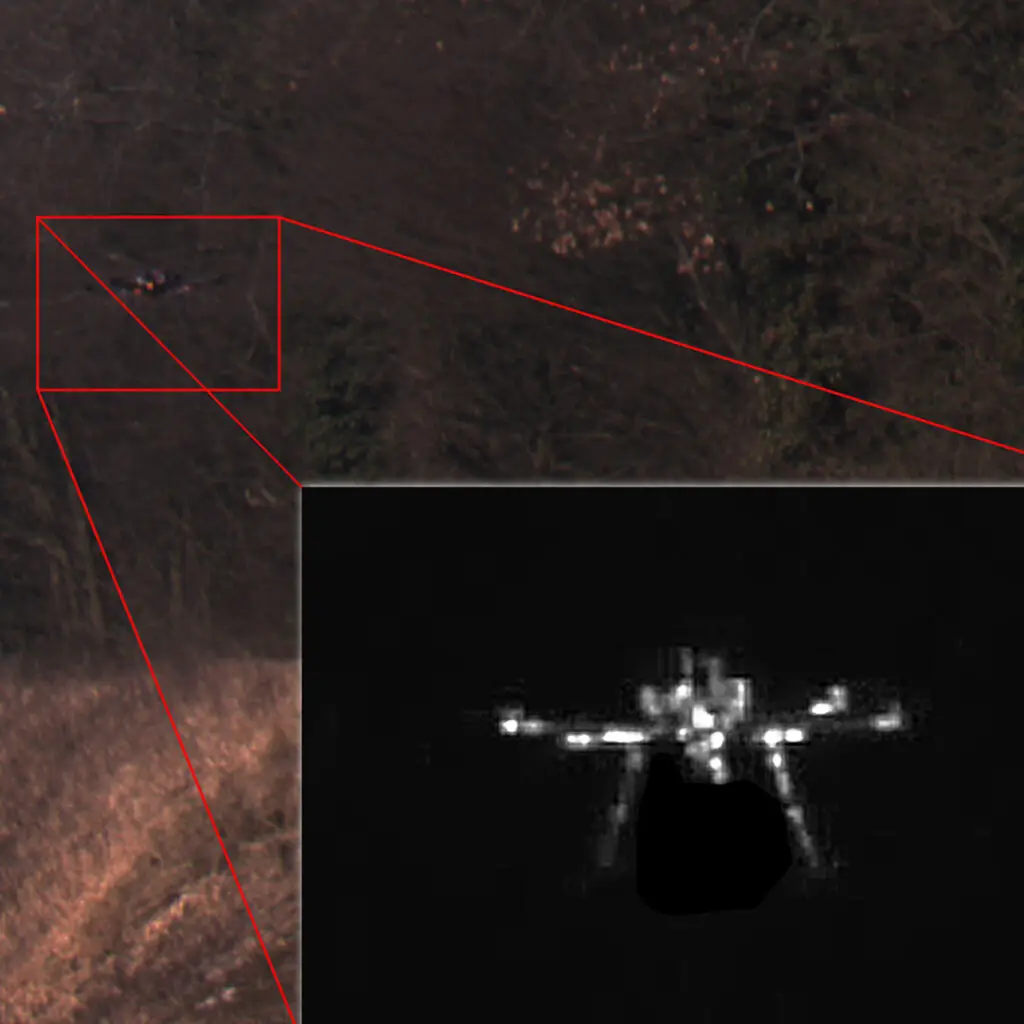
Increasing the space-time precision of the operational picture for strategic superiority is a major asset for the safety of our troops. Innovative furtive electronic agents have to sense and collect the right information without overwhelming analysts and communication media.
Left on the battlefield, Unattended Ground Sensors (UGS) have to provide long-term autonomous sensing of their environment. Bio-inspired multisensor systems are the best compromise between energy consumption and sensing efficiency (B-SAVED).
In order to quickly anticipate threats with UGS, innovative algorithms must be optimised to fit with embedded hardware computational resources (SmartCam).
Understanding the situation at the sensor level requires local knowledge, real-time and accurate event assessment by maximising the number of recognitions per second & per watt (e.g. TEAM project).
Facing highly evolving situations implies self-adaptive UGS. It is a major goal to design evolving hardware through autonomous learning.
Here is the list of our industrial and military partners, as well as our university partners
| 3SR |
| AIM |
| Airbus Helicopter |
| ArianeGroup |
| ARL (USA) |
| ARQUUS |
| BKA |
| CEA-DAM |
| CILAS |
| CNES |
| CONDAT |
| COS |
| COTRAL |
| DARPA (USA) |
| Dassault Aviation |
| Davey-Bickford |
| DGA-MI |
| DGA-TT |
| Diehl Defence |
| DLR |
| DRM |
| Dynamit Nobel Defence |
| Dynitech |
| EDA |
| ELNAO |
| EMCOS |
| ERDC/CRREL (USA) |
| Escribano Mechanical & Engineering (ESP) |
| Eurenco |
| Extrem’Vision |
| FhG/EMI |
| FhG/ICT |
| FhG/IFAM |
| FhG/IOSB |
| FüSan/BwZk |
| GEKE |
| Hirtenberger Defence Systems |
| IMPETUS |
| INRS |
| Institut Néel |
| IRSM |
| IRSST (CAN) |
| Junghans T2M |
| KNDS |
| Laboratoire Ampère |
| LEONARDO (ITA) |
| LETI |
| LNCMI |
| NATO |
| Naval Group |
| Nexter Munitions |
| Nexter Systems |
| Nitrochemie |
| Nordmetall |
| Norimat |
| ONERA |
| ONR (USA) |
| PyroAlliance |
| Rheinmetall Defence |
| Roxel |
| Safran |
| Saint-Gobain |
| SGSDN |
| Shark Robotics |
| Spinofrin |
| SSA/IRBA |
| SYT Technologies |
| TDW |
| Thales Belgium |
| Thales Land & Air Systems |
| Thalesgroup |
| VKI (BEL) |
| WIWeB |
| WPAFB (USA) |
| WTD 91 |
| WTD-81 |
| Aachen (RWTH) |
| Adelaide |
| Aix-Marseille |
| Alberta |
| Bonn |
| Bourgogne |
| Carnegie Mellon |
| CNAM |
| Columbia |
| Darmstadt |
| École Centrale Lyon |
| ENSTA Bretagne |
| Grenoble (3SR) |
| Hamburg (UniBw) |
| Hertfordshire |
| Jena |
| Metz |
| Mines ParisTech |
| Mulhouse (UHA) |
| München (UniBw) |
| New Brunswick |
| Orléans |
| Pisa (IT) |
| Poitiers |
| Politecnico Milano |
| Reims (ESI) |
| Rouen |
| Royal Military Academy (GB) |
| Stanford (USA) |
| Strasbourg (Unistra et Icube) |
| Stuttgart |
| Toronto |
| Wisconsin |
| Zaragoza |
The French-German research institute holds a hundred of scientific partnerships worldwide: with universities, research institutes, national governmental and international institutions and industrial partners.
Every year ISL is training more than thirty PhD students. Their thesis can be financed entirely by ISL or partly in partnership with other institutions.